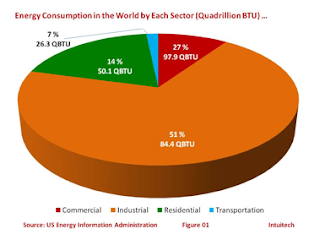Internet…cont…
The value in these technologies comes though the ability to build online applications that can then deal with issues of geographic distribution. It enables disparate organizations to use the same application even though they are across town or across the world. This used to be the case with client server systems, dumb terminals networked into a mainframe system, i.e., very expensive big business and government systems. The Internet and these modern technologies bring the power of mainframe systems to the average user and have revolutionized business. The rise of e-commerce is a direct result of these technologies.
But these technologies are shells in that they don’t have content nor define content. Content is the king in an information age of course, so even with all these fantastic technologies hooked into a global infrastructure we still don’t have a unified human services infrastructure that we can use to gain a comprehensive picture of the social dynamics of our communities. Two things are needed:
1. Framework technologies that can adapt to many different kinds of social services agencies and enable each organizations to function through the features the framework can be configured to handle;
2. a set of standards that are agreed for comparative analysis.
On point one, a number of companies have discovered this approach and are now beginning to make inroads into government and community and on point 2 little is being achieved yet and is where I propose the Bio-Socio-Economic Health Model.

Comments